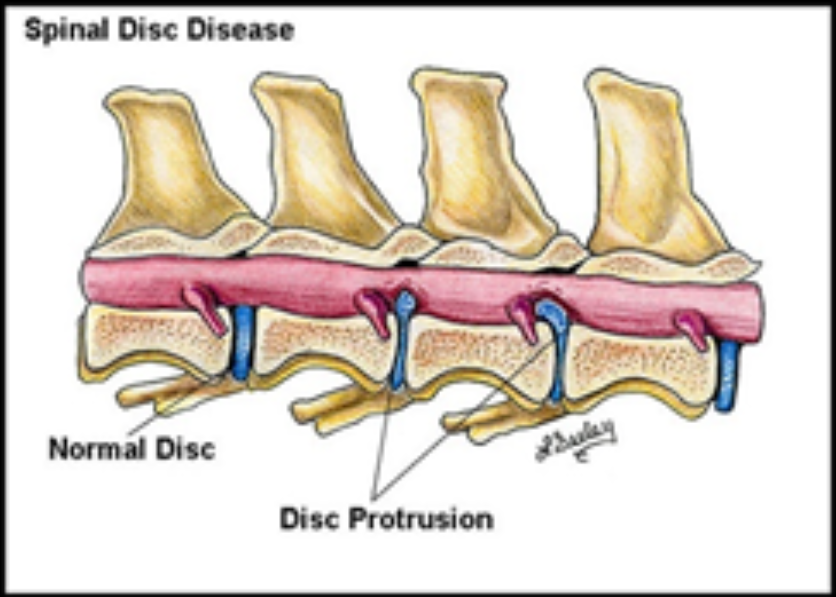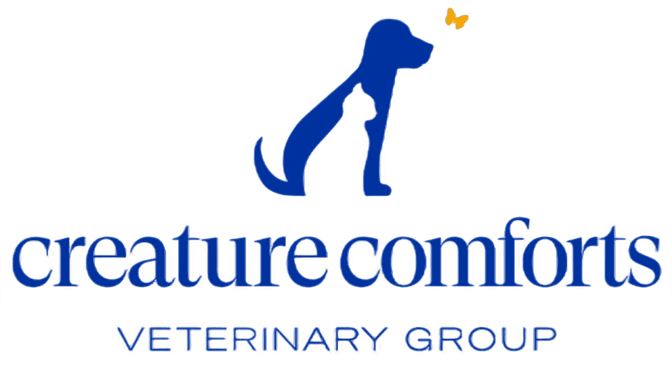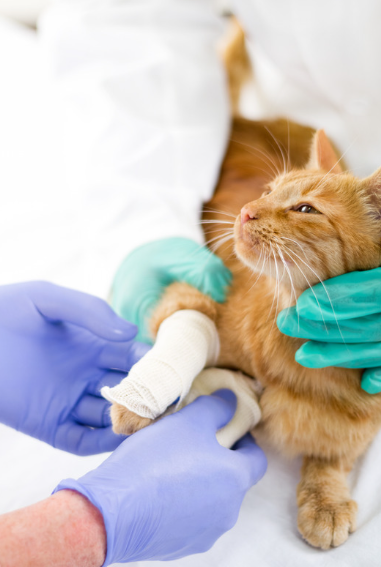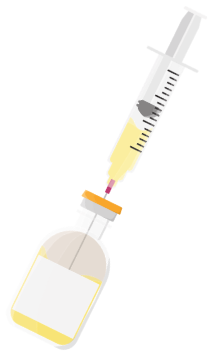
Intervertebral Disc Disease

What is Intervertebral Disc Disease?
The spine consists of many bones (vertebrae) which are separated by a layer of cartilage (discs) to provide cushioning. Intervertebral disc disease occurs when the disc pops up out of the joint space, pushing on the spinal cord.
X-rays may help to diagnose the problem, but in some cases, advanced imaging may be recommended especially if surgery is indicated.

What can be done at home to help?
- Avoid picking up your pet - if you do need to lift them be sure to keep their back straight and supported
- Provide a soft, clean bed in a safe place
- Help them go to the toilet - some cases may need help every 4 hours to stand to go to the toilet
- If your dog needs to go outside to the toilet they should be either lifted or taken out on a short lead to maximize control. A harness should be used.
- Ensure your pet can reach their water and food, especially if they have neck problems or are unable to move by themselves
- Perform gentle physiotherapy on their limbs e.g. gently move the hips in a circular motion twice daily
- Discourage stairs and jumping; modifications at home e.g. ramps may be recommended
- Rubber mats are recommended to prevent slipping
Treatment
Medical treatment may involve anti-inflammatory drugs to reduce the inflammation in the spinal cord as well as pain relief.
The condition can be progressive and so strict rest is essential. Nursing care is needed especially if your pet is not able to go to the toilet by themselves. We can provide help at home with nurse housecalls if needed
Acupuncture and traditional Chinese medicine from our specially trained vets may be beneficial in some cases.
Recovery & Prevention
Recovery can be prolonged, and some animals may not fully recover and need long term support. IVDD can be progressive and in severe cases, paralysis can occur.
The following suggestions can help to reduce the risk of IVDD recurring;
- Use a harness rather than a collar
Please visit vetopia.com.hk for help choosing a harness
- Avoid obesity - controlled exercise and a good diet are important in maintaining good body condition and reducing risk of recurrence.
- Avoid high impact activity e.g. ball chasing
Related Blogs




